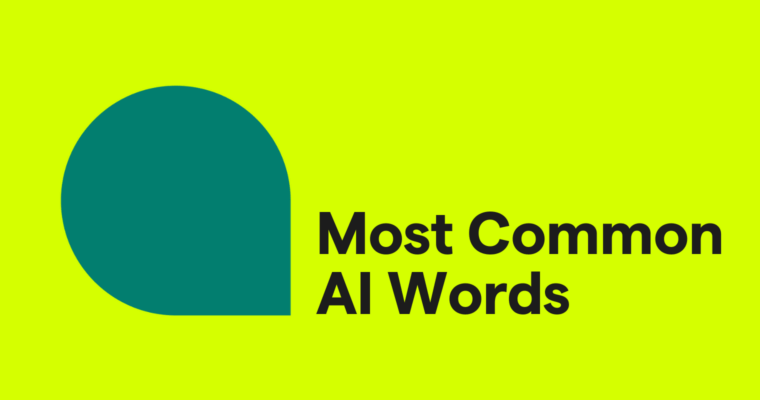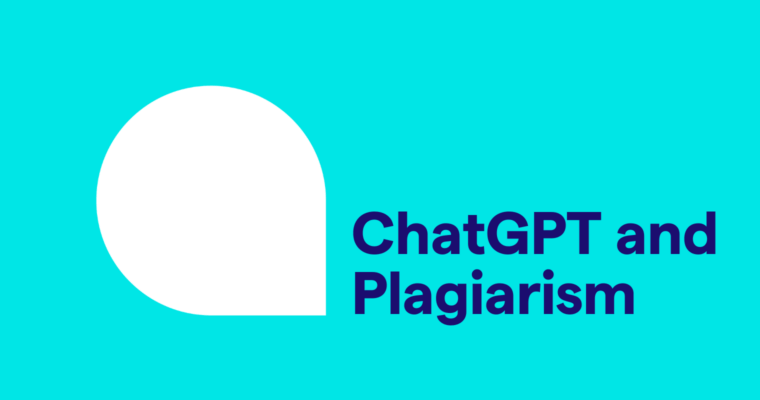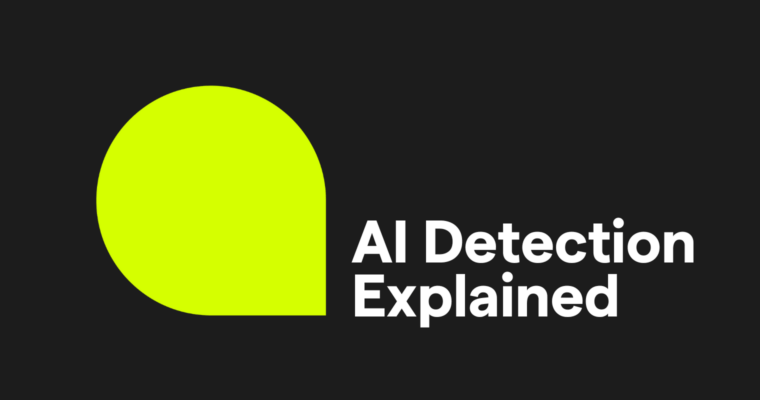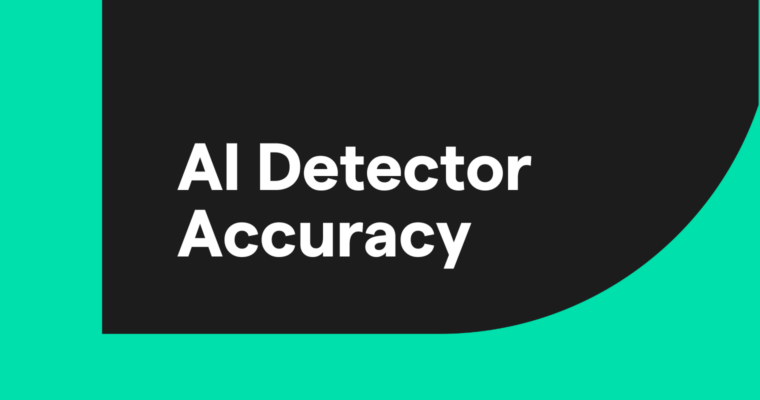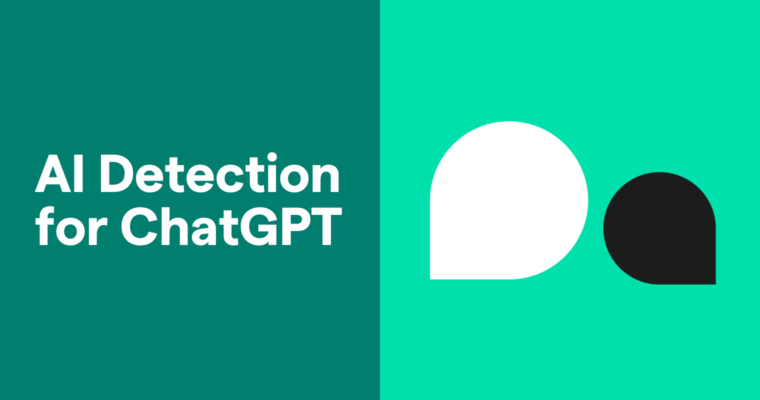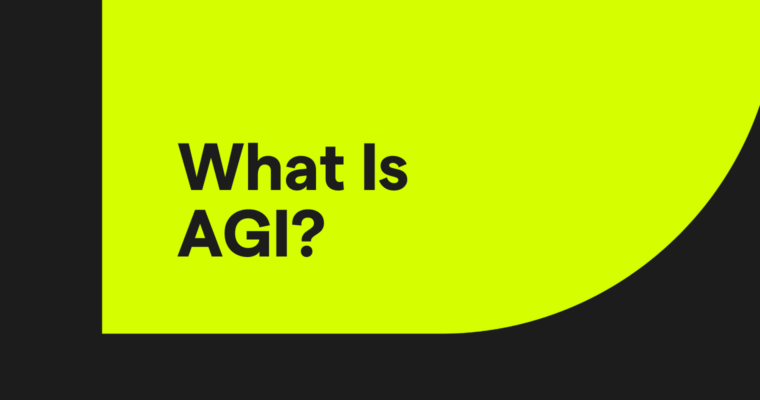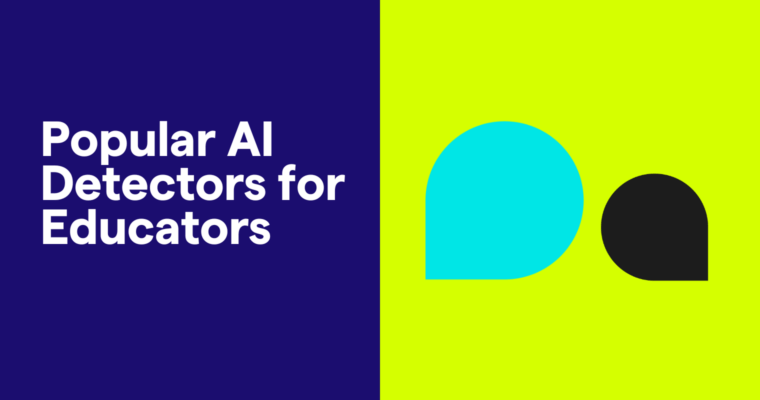
Key takeaways
- Universities use AI detection tools like Grammarly to help determine if student writing is AI-generated.
- AI detectors can produce false positives that misidentify human writing, so results should always be interpreted carefully.
- Combining AI detection with guidance on responsible AI use can help students navigate AI-assisted writing.
As AI writing tools have grown in popularity, educators have turned to AI detection to help determine the role AI plays in student assignments. AI detectors estimate the likelihood that text was generated by AI, but they are not foolproof and cannot alone guarantee academic integrity.
This article explores how AI detection tools work and their limitations. We also provide an overview of the most popular AI detectors used by educators today, share best practices for responsible AI detection, and introduce alternative solutions, like Grammarly Authorship, which provides a transparent way for students to demonstrate their writing process.
Table of contents
Popular AI detectors used by teachers
Encouraging responsible AI use in education
What AI detectors do colleges use FAQs
How AI detectors work
Before we dive into the most popular AI detectors used by educators, let’s discuss how AI detectors actually work. AI detectors estimate the likelihood that text, or a portion of the text, was generated with AI. Unlike plagiarism checkers, which compare the text against a large database of existing content, AI detectors use machine learning to analyze sentence structure, word choice predictability, and repetition in order to estimate the likelihood that the text was AI-generated. Some AI detectors may also compare content against known AI outputs to gauge similarity. However, because AI-generated content is designed to mimic human writing, all AI detection results are probabilistic and, therefore, not always accurate.
Accuracy and challenges of AI detection
Educators who use automated tools must ask themselves—are AI detectors even accurate? AI detectors can provide insight, but they cannot determine authorship with certainty. For example, they may be able to detect if text was copied and pasted directly from another source. But false positives (incorrectly flagging human writing as AI-generated) and false negatives (failing to detect AI-generated content) are common. Because of these limitations, AI detection may be used as one part of a broader originality assessment, not as definitive proof of human authorship.
In addition to their accuracy concerns, AI detectors face several key challenges:
- Privacy and data risks: Some AI detectors store text in their database for training purposes, raising concerns about data security. If institutions don’t have full access to the tools used, they could be at risk of potential data breaches.
- Bias and fairness issues: AI detectors can exhibit bias based on the data they were trained on. For example, some AI detectors may favor formality or, more often, flag text written by people whose primary language isn’t English as AI due to differences in writing style.
- Overreliance on AI detection: If educators and institutions rely solely on AI detectors, they may unfairly penalize students. Because these tools are probabilistic, humans should always be involved in the evaluation process.
Popular AI detectors used by teachers
Educators use AI detection tools to help assess student work, maintain academic integrity, and encourage responsible AI use. These tools analyze text for AI-generated patterns in order to estimate the likelihood of AI involvement. Read on for an overview of some of the most popular AI detectors used by colleges.
1 Grammarly
Grammarly’s AI detector helps educators evaluate student writing for AI-generated patterns. It provides insights into the percentage of text that was authored by a human, copied from a source, or generated with AI.
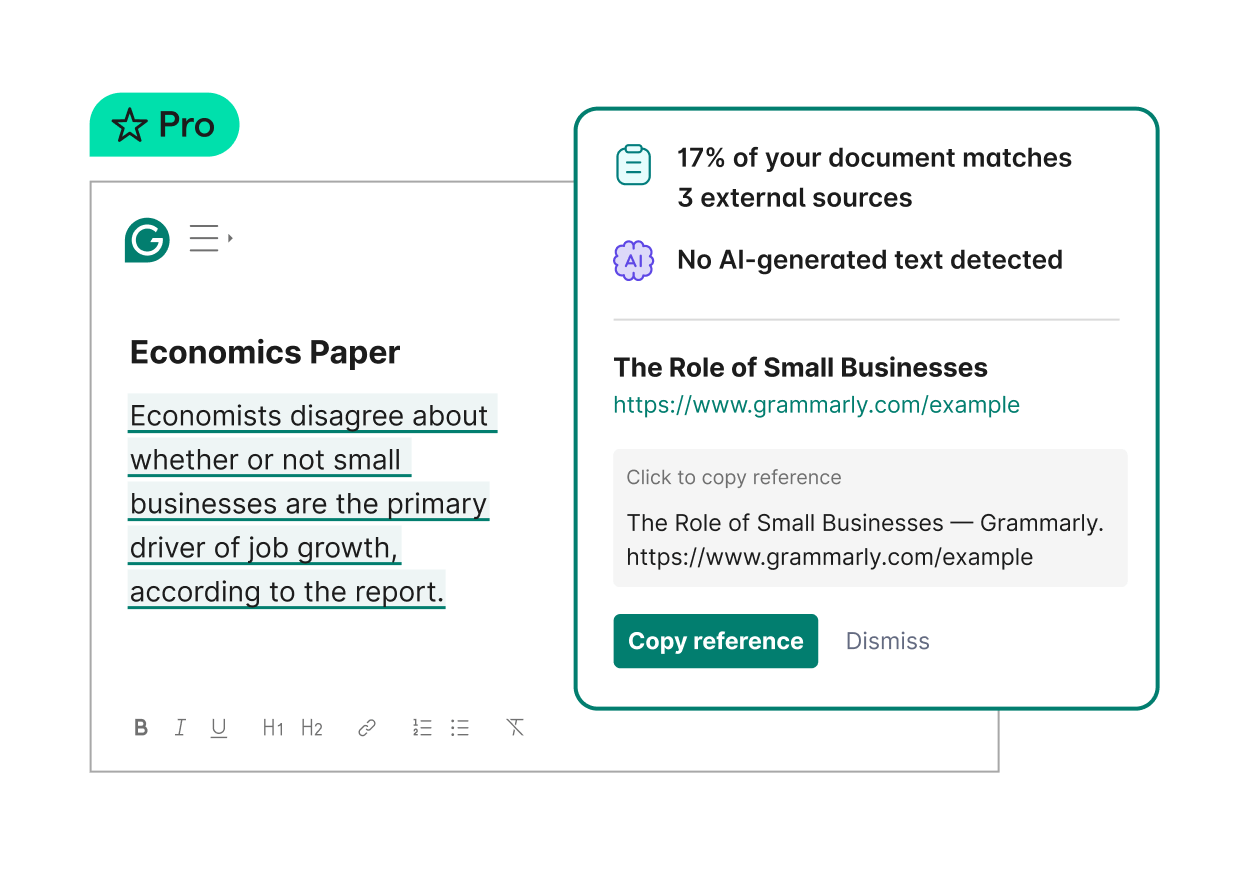
This AI detection feature is part of Grammarly’s academic integrity toolkit, along with plagiarism detection, a citation generator, and Grammarly Authorship—a feature designed to track the origin of content. Instead of making definitive claims, Grammarly promotes careful interpretation, empowering students and educators with insights to make informed decisions.
2 Turnitin
Turnitin’s AI writing detection feature helps educators analyze linguistic patterns and probability scores to estimate AI usage. Integrated into Turnitin Feedback Studio and Turnitin Originality, it works alongside plagiarism detection to support academic integrity. Turnitin’s AI detection technology is designed to assess whether portions of a document exhibit characteristics commonly associated with AI-generated text. However, since it is integrated into Turnitin’s broader academic integrity suite, it is available only through paid institutional subscriptions, limiting access for individual users.
3 GPTZero
GPTZero provides estimates on AI usage and categorizes text as human, mixed, or AI-generated. It supports multiple languages, including English, French, and Spanish, and offers both basic and advanced scanning settings. GPTZero has become a popular choice among educators because of its ability to analyze sentence-level AI probability scores, providing deeper insights into AI-generated writing patterns. Educators can use it to assess whether sections of student work were generated with AI and compare overall trends in writing style.
4 Copyleaks
Copyleaks supports over 30 languages and provides explanations for why text was flagged as AI-generated. While it claims high accuracy, the company acknowledges that AI-assisted content may still be misclassified. The Copyleaks AI detector offers detailed reports, which highlight why specific sections of text were identified as potentially AI-generated. It also includes features that allow users to compare AI-generated content with human-written content, giving educators a broader context when making assessments.
5 Winston AI
Winston AI reports high accuracy in detecting content that resembles AI-generated text. However, as with all AI detectors, its results are not definitive and should be interpreted with caution. Winston AI offers additional functionality beyond academic integrity, positioning itself as a tool for SEO professionals and marketers. It provides an intuitive interface and allows users to scan documents up to a certain word limit for free before requiring a paid subscription.
6 AI Detector Pro
AI Detector Pro helps assess AI-generated text and offers suggestions for improving writing to seem more “human.” Unlike other AI detection tools that primarily focus on identifying AI-generated content, AI Detector Pro offers guidance on writing style and tone to support more natural and engaging communication. This can be useful for educators seeking to help students develop stronger writing habits.
7 Originality.ai
Initially designed for content creators, Originality.ai has also been used in academic settings to analyze AI-generated content. It is marketed toward digital publishers and marketers looking to ensure human-written originality in their work. Compared to other AI detectors, Originality.ai offers a continuous monitoring service, allowing users to scan new content and receive real-time updates on potential AI usage.
Encouraging responsible AI use in education
AI detection offers an automated approach to content evaluation, but it doesn’t maintain academic integrity on its own. Rather than relying solely on AI detection, educators can take a proactive approach by:
- Teaching students how to use AI as a learning tool for brainstorming, refining ideas, and improving writing
- Assigning projects that require critical analysis and personal insight
- Using in-class discussions and oral presentations to assess student understanding
- Educating students on fact-checking AI-generated content to avoid misinformation and promote human oversight
Demonstrating authenticity with Grammarly Authorship
Whereas AI detection analyzes text after submission, Grammarly Authorship allows students to document their writing process from initial draft to final submission. This originality feature eliminates ambiguity and fosters trust by generating a detailed report that categorizes content based on whether it was human-written, AI-assisted, or copied from another source.
For educators, Authorship serves as a valuable tool for assessing how students arrived at the work they submitted. Rather than relying on probabilistic AI detection, it offers clear insights into how students engage with the writing process. By promoting transparency and accountability, Grammarly Authorship reinforces responsible AI use—ensuring AI remains a learning aid, not a shortcut.
As AI-generated writing becomes more common, educators must balance detection with education, encouraging students to use AI responsibly while maintaining academic standards. Tools like Grammarly Authorship complement traditional AI detectors by providing a more nuanced view of how AI is integrated into the writing process.
Summary
AI detectors can help with writing evaluation, but they are not foolproof. Accuracy concerns, ethical issues, and fairness challenges mean detection alone cannot ensure academic integrity.
Instead of banning AI, educators can teach responsible AI use with the help of originality tools like Grammarly Authorship, which allows students to understand and monitor the role AI plays in their learning and creative process. Simply turn it on before beginning work in a Google Doc to receive a detailed report on the sources of the document, which allows you to track your process and prove your originality.
What AI detectors do colleges use FAQs
What do universities use to check for AI?
Universities use various AI detection tools to ensure academic integrity. The specific tools may vary by institution, so it’s best to review your school’s policies or check with your professors to understand their approach.
How do teachers find out if you use AI?
Teachers identify AI-generated work using a combination of AI detection software and their own familiarity with a student’s writing style. If you’re using AI as part of your writing process, it’s important to follow your school’s policies, cite AI-generated content when required, and consider using tools like Grammarly Authorship to document your writing process.
What ChatGPT detector do teachers use?
Teachers may use a range of AI detection tools to check for ChatGPT-generated content. If your institution allows AI use, be sure to follow their guidelines and properly cite ChatGPT or other AI tools to avoid potential issues.
Can schools tell if I use ChatGPT?
Yes, if your school uses AI detection software, it may be able to flag text generated by ChatGPT or other AI tools. However, detection accuracy varies depending on the tool and how AI was used. The best approach is to understand your university’s policies on AI-assisted writing, cite AI-generated content when required, and consider tools like Grammarly Authorship to proactively show your writing process.

